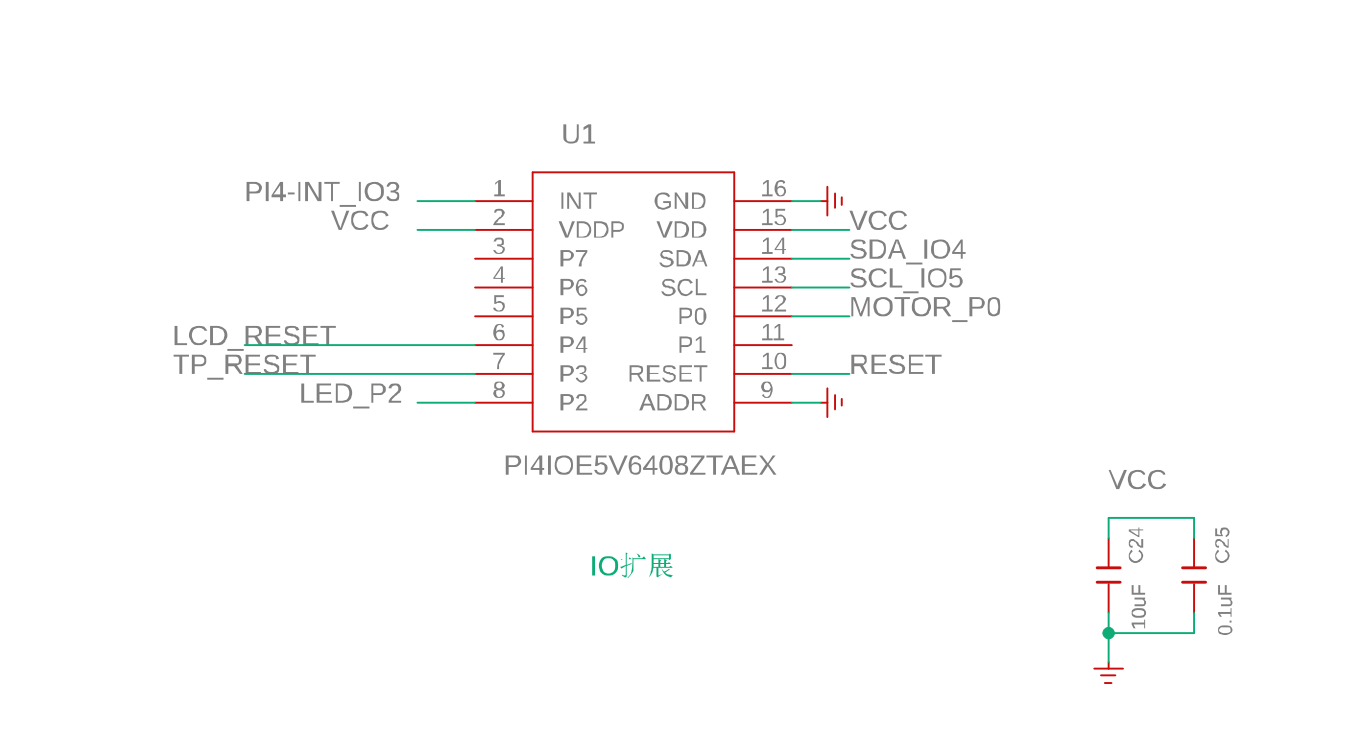Esphome in CrowPanel -ESP32 Display-1.28
Good morning, I am trying to install ESPHome on a CrowPanel Round 1.28", but I can't get the screen to turn on.
Looking at the Arduino code examples, it seems that some GPIOs of the IO expander need to be activated, but this model of expander is not officially supported in ESPHome, at least as of now.
Is there any external component or snippet to use the expander?
Tagged:


Comments
@MiguelAngelLV,
We have Wiki tutorial about Esphome,did you follow the tutorial and it isn't work?
https://elecrow.com/wiki/CrowPanel_ESP32_1.28-inch_Round_Display.html#platforms-supported
Hi. These is a tutorial about Home Assistant, it is not about EspHome.
Sorry we didn't do the esphome adaptation for the 1.28 round screen.
The only requirement is the IO expander, a simple component could be enough.
Or, as minimal, a I need know how the screen GPIOs are connected to the IO Expander.
Hello,

i2c connected, IO4/IO5.
You can view the schematic, attached
I hope this help
Good morning! You're correct; the CrowPanel 1.28" display utilizes an I/O expander to manage certain GPIOs. While ESPHome supports various I/O expanders like the PCF8574 , MCP230xx series , and PCA9554 , the specific model used in the CrowPanel may not yet be supported. To address this, you can create a custom component within ESPHome to interface with the I/O expander. This involves writing a custom integration that communicates with the expander over I²C or SPI, depending on its interface. For guidance on developing custom components, refer to the ESPHome documentation on external components . Additionally, reviewing the Arduino code examples for the CrowPanel can provide insights into the initialization sequences and GPIO activations required to power on the display. By translating these Arduino routines into your ESPHome custom component, you can achieve the desired functionality. Engaging with the ESPHome community forums may also offer valuable insights and potential collaborations with others who have tackled similar challenges.